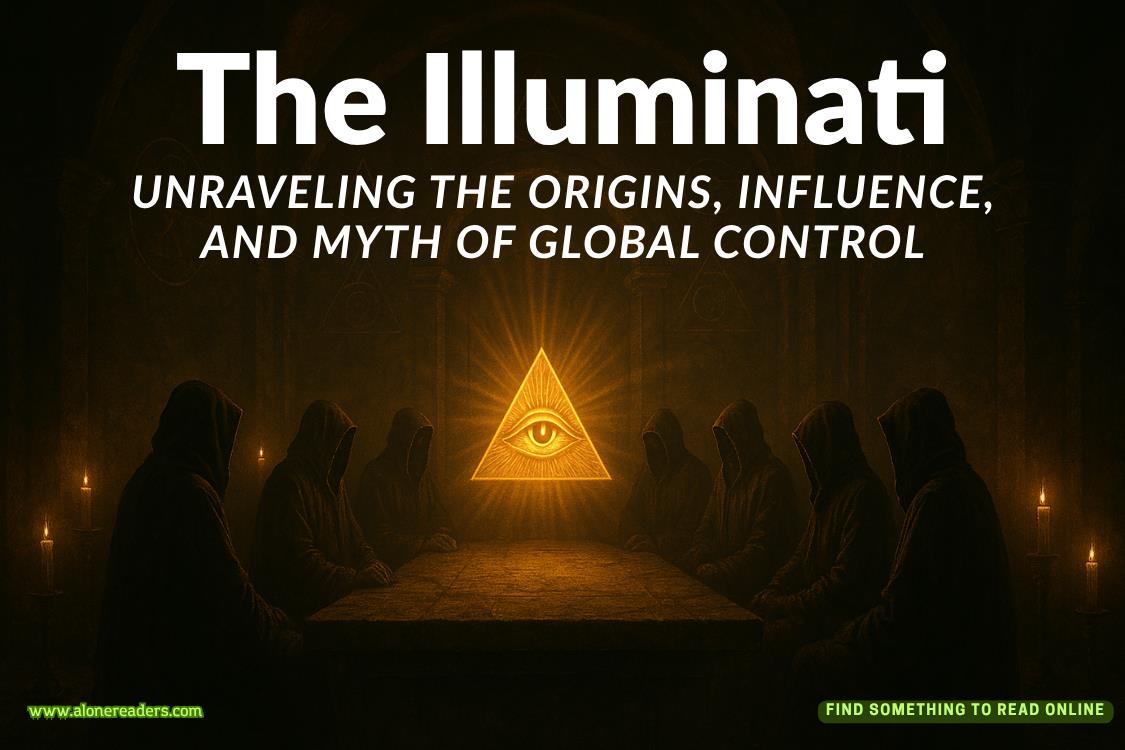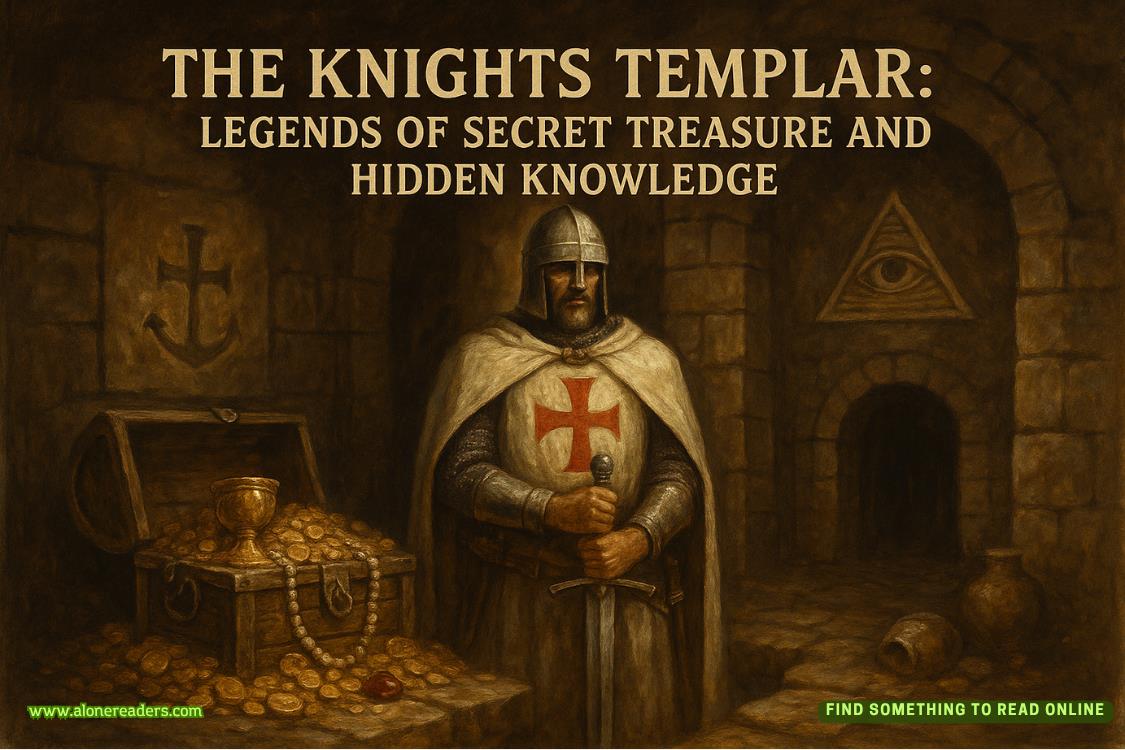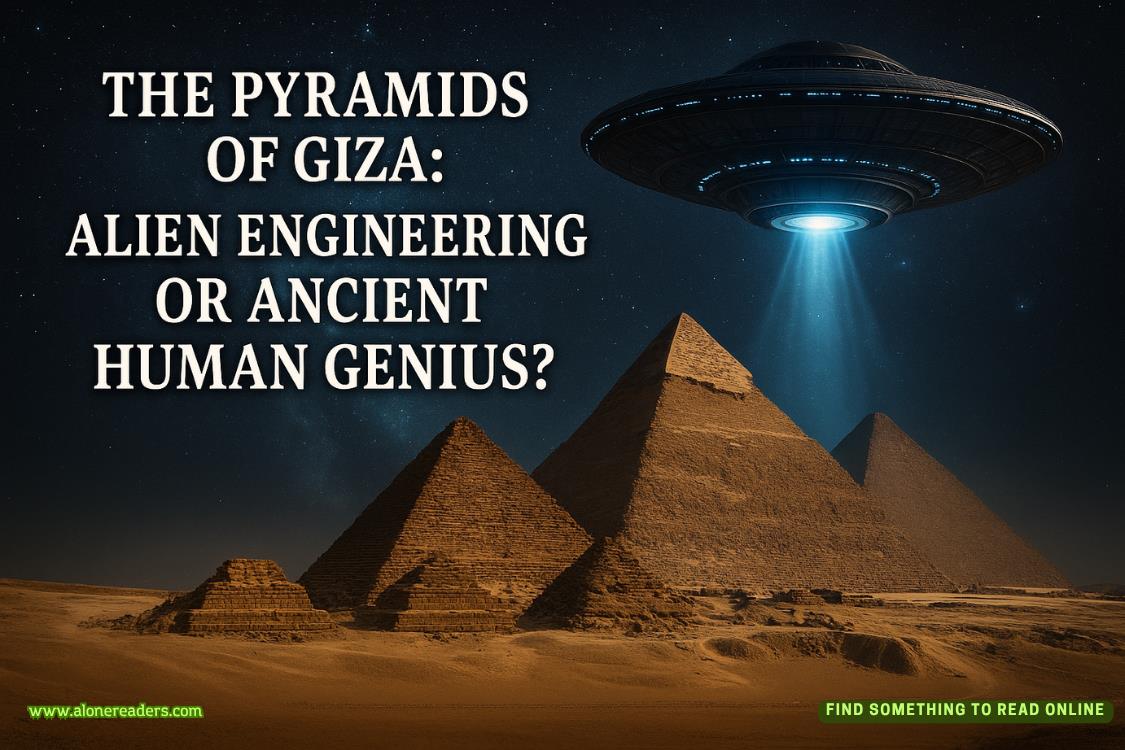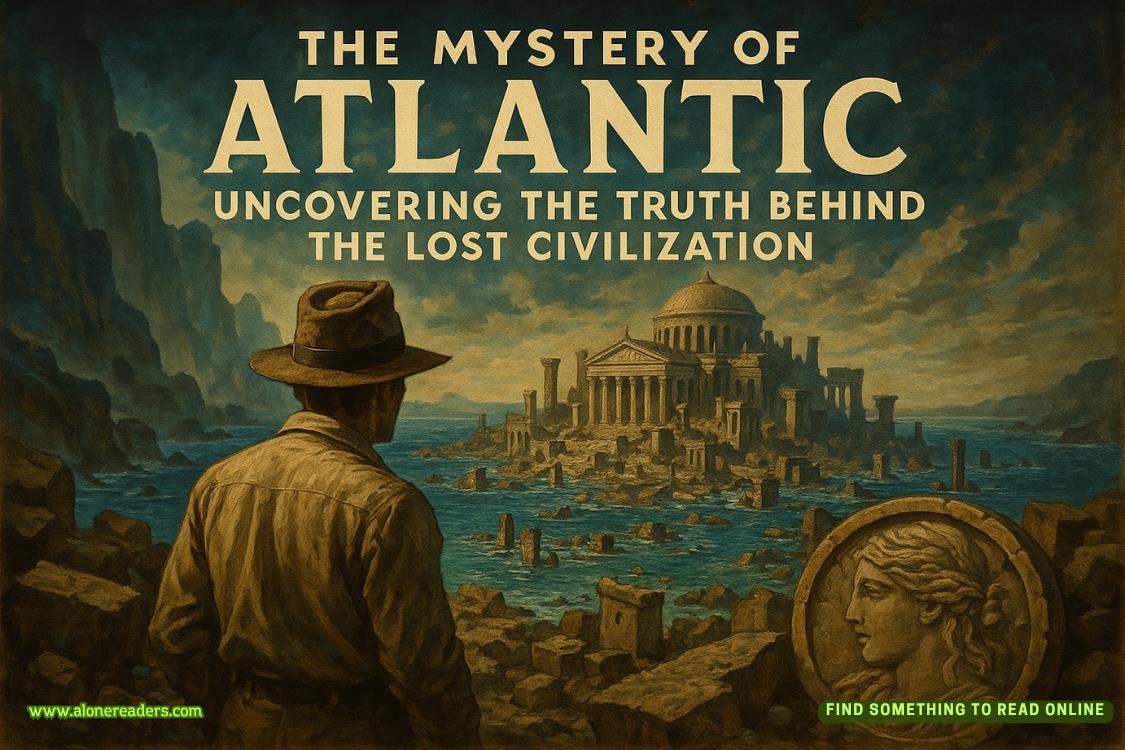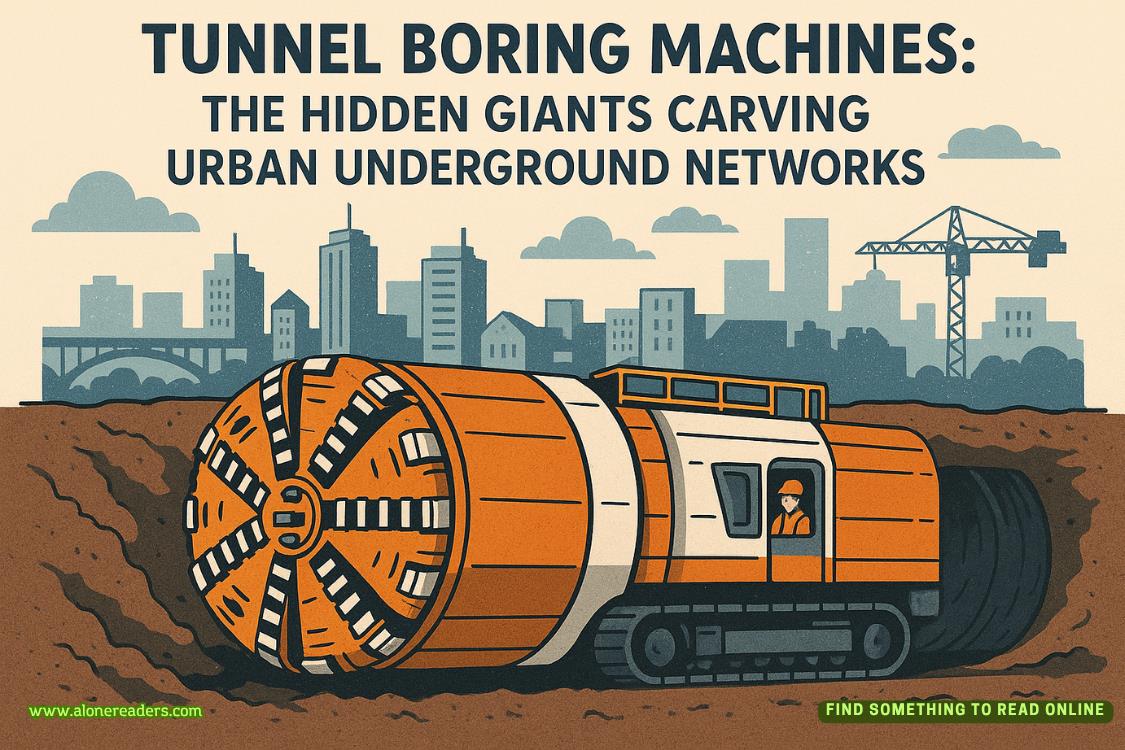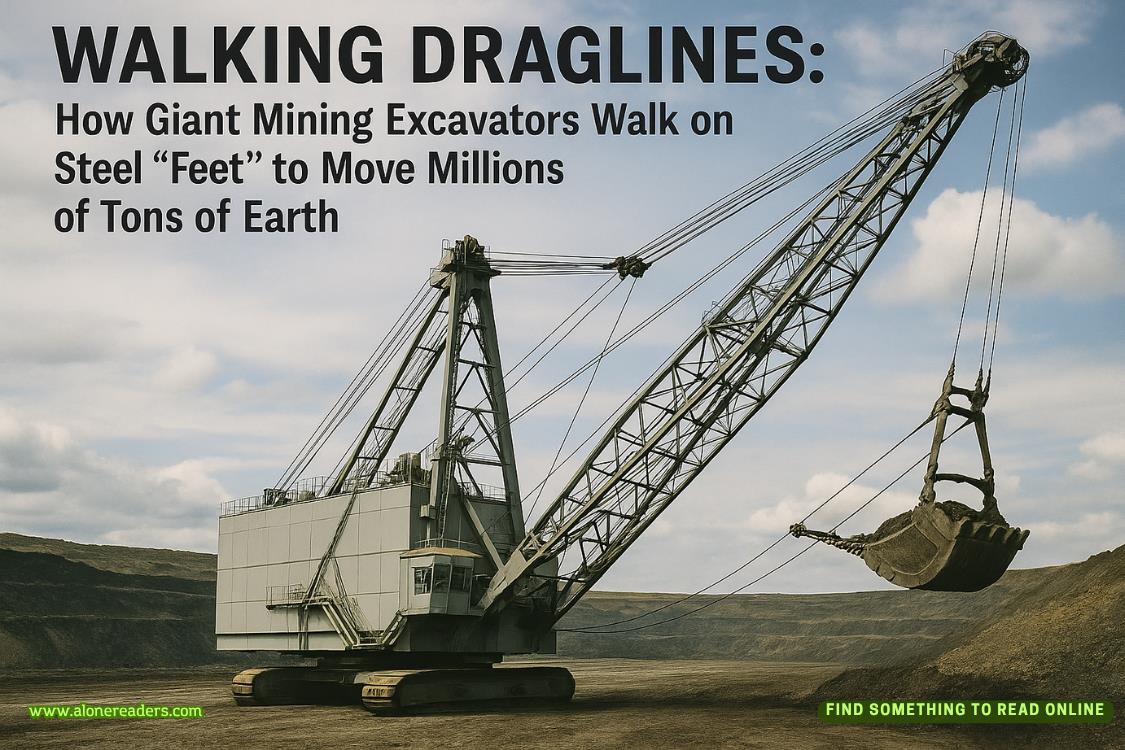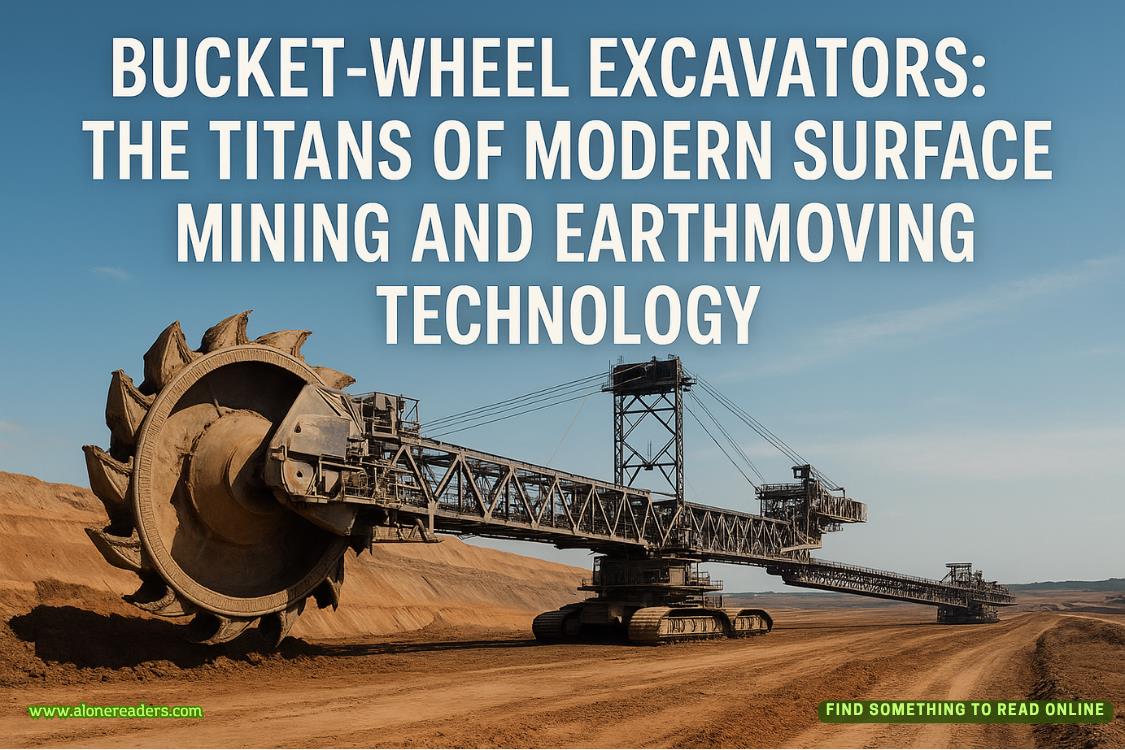Page 28 of Captiva Café
"You're a saint." Isabelle smiled gratefully.
"Hardly." Marco chuckled. "Just a man who knows Linda will get her story one way or another. Better to manage the process than fight it entirely."
As Marco departed to play interference with Linda, Isabelle returned inside the trailer where Dr. Reyes had moved on to the leather-bound ledger, gingerly turning its brittle pages with a gloved hand.
"Problem?" Gretchen asked quietly.
"Nothing unexpected," Isabelle replied. "Just Linda being Linda."
Phineas snorted softly from his corner. "That woman hasn't changed in thirty years. Same bulldog persistence, same conviction that every island matter is her personal jurisdiction."
Dr. Reyes looked up from her examination, a hint of amusement in her dark eyes. "Ah, the joys of small community politics. Some things are universal, whether it's a remote village in Peru or a Florida island."
"You have no idea," Gretchen muttered.
"Actually, I do," Dr. Reyes countered good-naturedly. "Archaeological finds often become focal points for competing interests. Academic institutions, local governments, private landowners, indigenous communities, the media—everyone feels they have a legitimate claim."
"And who does have the legitimate claim in this case?" Isabelle asked, moving closer to the table.
Dr. Reyes set down her pencil and removed her gloves with deliberate care. "That's a complicated question with both legal and ethical dimensions. But before we get to that, I imagine you'd like to know what you've actually found?"
"Yes, please," Gretchen said eagerly, leaning forward.
Dr. Reyes gestured to the artifacts spread before her. "Based on my preliminary examination, you have an authentic collection of historically significant items spanning multiple periods of Captiva's past."
She picked up the pottery shard first. "This is genuine Calusa pottery, likely from the late period of their civilization, approximately 1500-1700 CE. The zigzag pattern is characteristic of their decorative approach, and the clay composition is consistent with known Calusa production methods."
Phineas nodded in quiet satisfaction from his corner, as if his own assessment had been confirmed.
"The Spanish coin," Dr. Reyes continued, indicating it without touching, "is a silver real from the reign of Charles III, minted between 1760 and 1788. It shows significant wear, suggesting it was in circulation for some time before ending up here."
"And the ledger?" Isabelle asked, drawn to the small book that seemed to hold so many stories within its pages.
"Ah, the ledger is particularly interesting." Dr. Reyes's eyes lit up. "It appears to be a record book from the general store that occupied this site in the late 19th century. The entries begin in 1889 and continue through 1896. They detail purchases, trades, and accounts for local residents and businesses."
"So these items span hundreds of years of island history," Gretchen marveled. "From the Calusa to the Spanish explorers to the pioneer settlers."
"Precisely," Dr. Reyes confirmed. "Which raises interesting questions about how they came to be together beneath your floorboards."
"Is that unusual?" Isabelle asked.
"It suggests this specific location has been a site of continuous human activity and significance across multiplecultural periods," Dr. Reyes explained. "The Calusa piece could have been collected by a later settler as a curiosity, or it might indicate this spot was once a Calusa dwelling site. The Spanish coin could have arrived through trade networks or with settlers who had connections to Spanish territories."
Phineas leaned forward, his eyes bright with interest. "I've always maintained that this building sits on what was once a Calusa shell mound. The elevation is slightly higher than surrounding areas, typical of their construction."
Dr. Reyes nodded thoughtfully. "That's entirely possible. The Calusa were sophisticated engineers, creating elevated platforms for their structures using shell material. Later settlers often built upon these mounds, recognizing their advantages for drainage and stability."
"So what happens now?" Gretchen asked, voicing the question that hung in the air. "With the artifacts, I mean."
Dr. Reyes sat back, considering them both carefully. "That depends on what you want to happen. Legally, items found on private property during renovation generally belong to the property owner, though there are exceptions for items of significant archaeological importance, particularly those related to indigenous cultures."
"We don't want to do anything inappropriate," Isabelle said firmly. "These items have cultural and historical significance beyond our business interests."
"I appreciate that perspective." Dr. Reyes smiled. "It's refreshingly respectful. Many property owners would simply claim ownership without consideration."
"What would you recommend?" Isabelle asked.
Dr. Reyes looked thoughtful. "The Calusa pottery should ideally be reported to the state archaeological division. They maintain collections of indigenous artifacts and can ensure proper preservation. However," she added, seeing Gretchen'sface fall slightly, "that doesn't necessarily mean you can't display it in some capacity."
